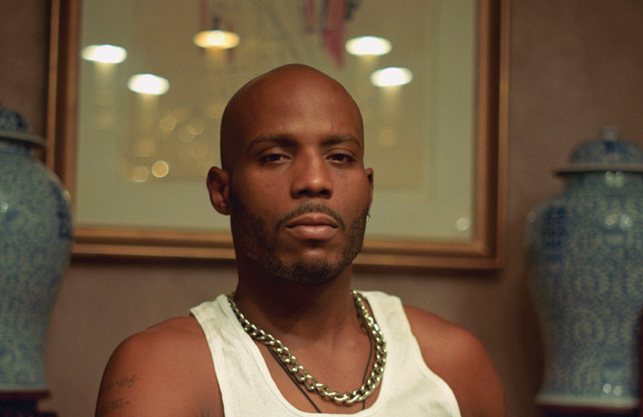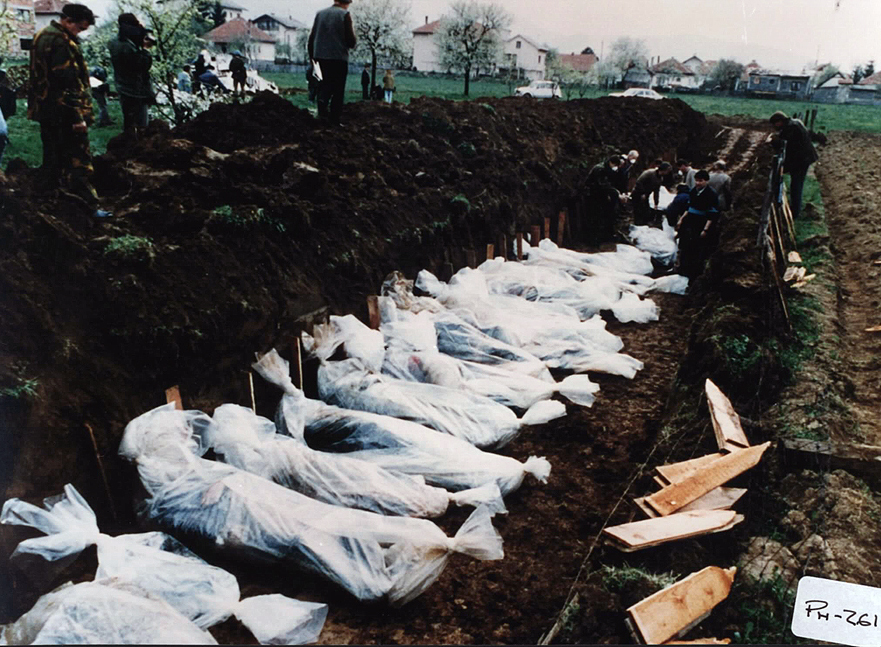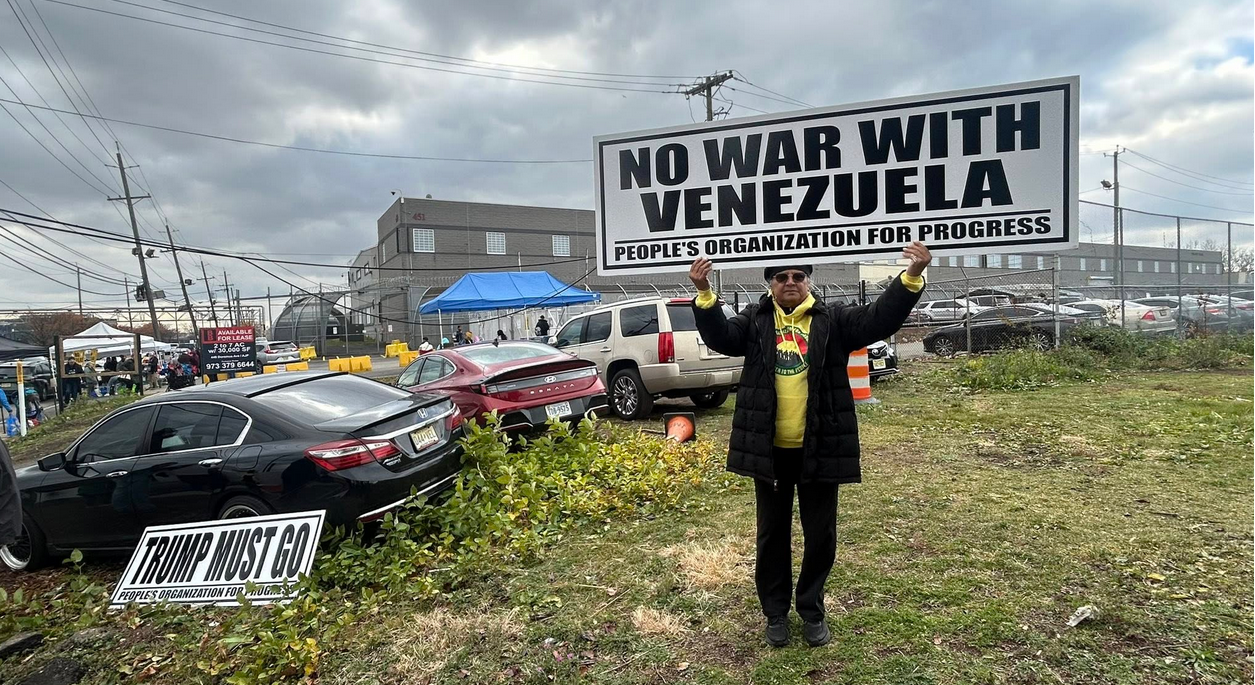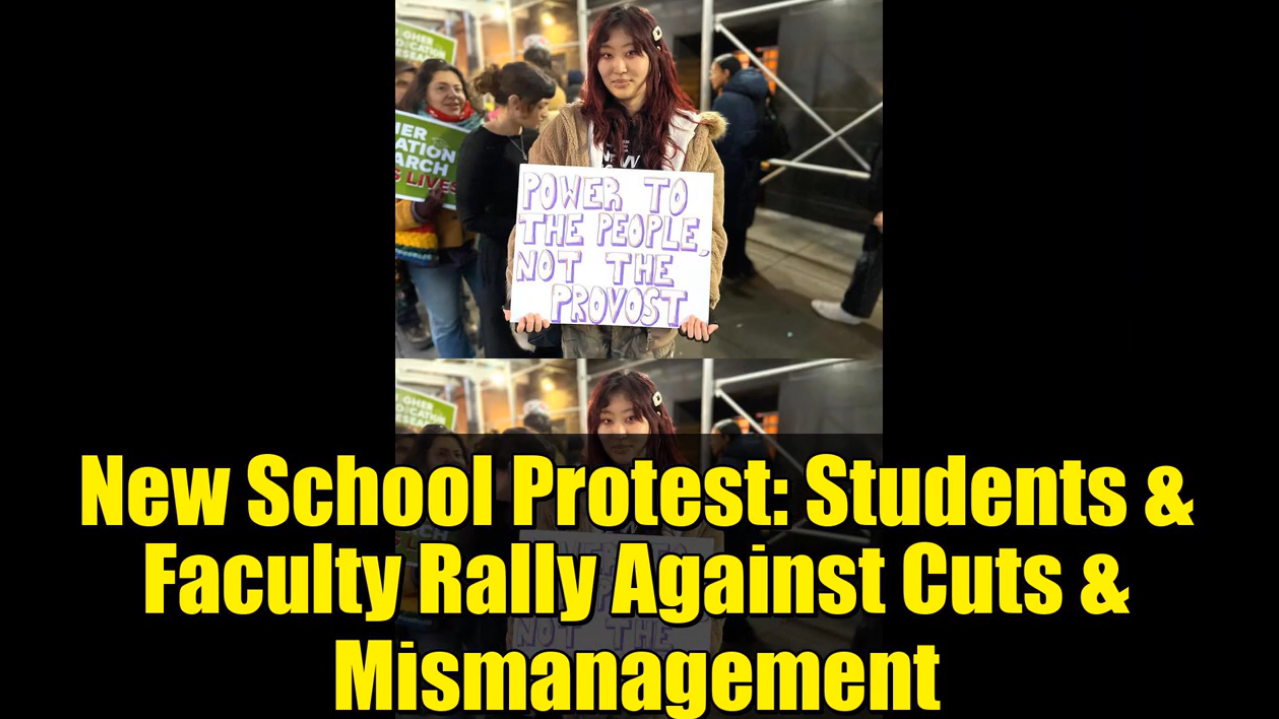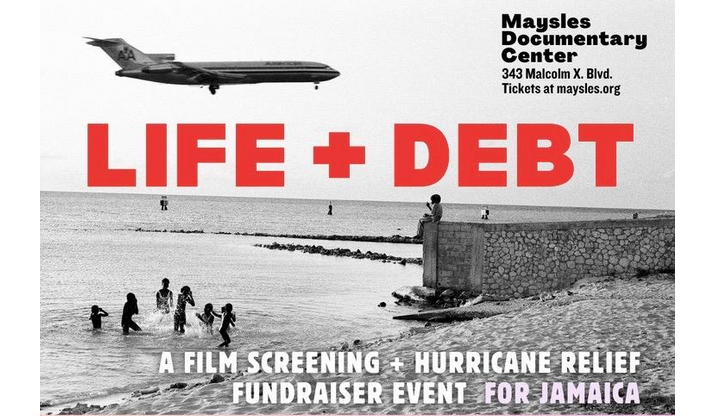Comptroller Scott Stringer
Bronx sees biggest jump at 74.2% from 2005 to 2013; Citywide Proportion of Severely Crowded Dwellings Up 44.8%
More than one in twelve dwellings in New York City – a total of 272,533 homes – are crowded, according to “Hidden Households,” a new report released by New York City Comptroller Scott M. Stringer.
All told, that means that a total of 1,476,746 New York residents lived in a crowded or severely crowded dwelling in 2013, at a ratio of 5.42 persons per crowded household.
Crowding is an established predictor of homelessness and a critical indicator of negative health, safety and economic well-being.
The report breaks down the problem of crowding into two tiers: crowded dwellings –units with more than 1 person per room– and severely crowded dwellings; a subset of crowded dwellings where units have more than 1.5 persons per room.
“Studies make it clear that crowding hurts the whole family,” said Stringer. “It makes it harder for kids to learn and puts the entire family at a greater risk of homelessness. This new report shows that the problem of crowding is stubbornly increasing, with nearly 1.5 million New Yorkers now living in a crowded or severely crowded home. In response, the City must elevate crowding as a key housing priority to be addressed, while at the same time creating more affordable housing.”
“Hidden Households” used microdata drawn from the U.S. Census Bureau’s annual American Community Survey in order to examine trends in both rental and privately-owned housing between 2005 and 2013.
Crowded Dwellings
Between 2005 and 2013, the citywide proportion of crowded dwellings increased by 15.8 percent.
In Brooklyn, the proportion of crowded dwellings increased by 28.1 percent.
In Queens, the proportion of crowded dwellings increased by 12.5 percent.
In The Bronx, the proportion of crowded dwellings increased by 12.3 percent.
In Manhattan, the proportion of crowded dwellings increased by 10.1 percent.
In Staten Island, the proportion of crowded dwellings actually decreased by 8.6 percent.
Between 2005 and 2013, the citywide proportion of severely crowded dwellings increased by 44.8 percent.
In The Bronx, the proportion of severely crowded dwellings increased by 74.2 percent.
In Staten Island, the proportion of severely crowded dwellings increased by 53.5 percent.
In Brooklyn, the proportion of severely crowded dwellings increased by 49.1 percent.
In Manhattan, the proportion of severely crowded dwellings increased by 25.5 percent.
In Queens, the proportion of severely crowded dwellings increased by 24.9 percent.
The report also explores crowding along income lines, revealing that the crowding issue exists across the earning spectrum:
Households earning less than $22,000 a year constitute:
23.6% of crowded dwellings.
24.9% of severely crowded dwellings.
Households earning at least $100,000 a year constitute:
18.5% of crowded dwellings.
16.4% of severely crowded dwellings.
Households earning at least $170,000 a year constitute:
5.2% of crowded dwellings.
4.6% of severely crowded dwellings.
Other major findings of the report include:
Households with children:
More than 81% of crowded dwellings include at least one person under the age of 18.
68.8% of severely crowded dwellings include at least one person under the age of 18.
Large Crowding Increases in Studio Apartments:
The proportion of severely crowded studio apartments with three or more occupants rose by over 365 percent from 2005 to 2013.
Crowded studio apartments in The Bronx, Queens and Brooklyn all exceed the citywide percentage.
Country of origin:
In nearly 70% of crowded dwellings the ‘head of the household’ is foreign born.
In 67.6% of severely crowded dwellings the ‘head of the household’ is foreign born.
Family Ties:
The report shows that family ties are the most crucial social linkage in the City’s crowded dwellings, with nearly 92 percent of crowded residents having a family relationship to the head of a crowded household.
Young adults, college students, and roommates, while still a significant population within crowded dwellings, are not the primary catalyst of crowded living conditions in New York City.
Incomes Slightly Up, But Not Keeping Pace With The Rent:
From 2005 to 2013, real household incomes for all residents living in crowded housing situations increased by a slight 2.7 percent, while real median rents increased by a much steeper 12.8 percent, suggesting that the affordability of the City’s rental housing stock may have played a role in boosting crowding.
The Comptroller’s Office recommended that:
The City form a working group of housing, buildings, and public safety experts to devise a strategy to mitigate fire hazards that stem from overcrowding;
The Department of Health and Mental Hygiene consider increasing data collection as it relates to residents living in crowded housing, with an eye toward better understanding the public health risks of crowding; and
The Department of Homeless Services publically release comprehensive data on applications for individuals seeking placement in City shelters so that policy makers can understand the extent to which crowing drives shelter applications.
“Crowding affects every New Yorker, throughout all five boroughs, and across every income level,” commented Comptroller Stringer. “And while we could all use a little more room to breathe, we must give special attention to those who are most at risk for the negative effects of crowding, including bad health, diminished economic opportunity, and increased risk of homelessness.”

